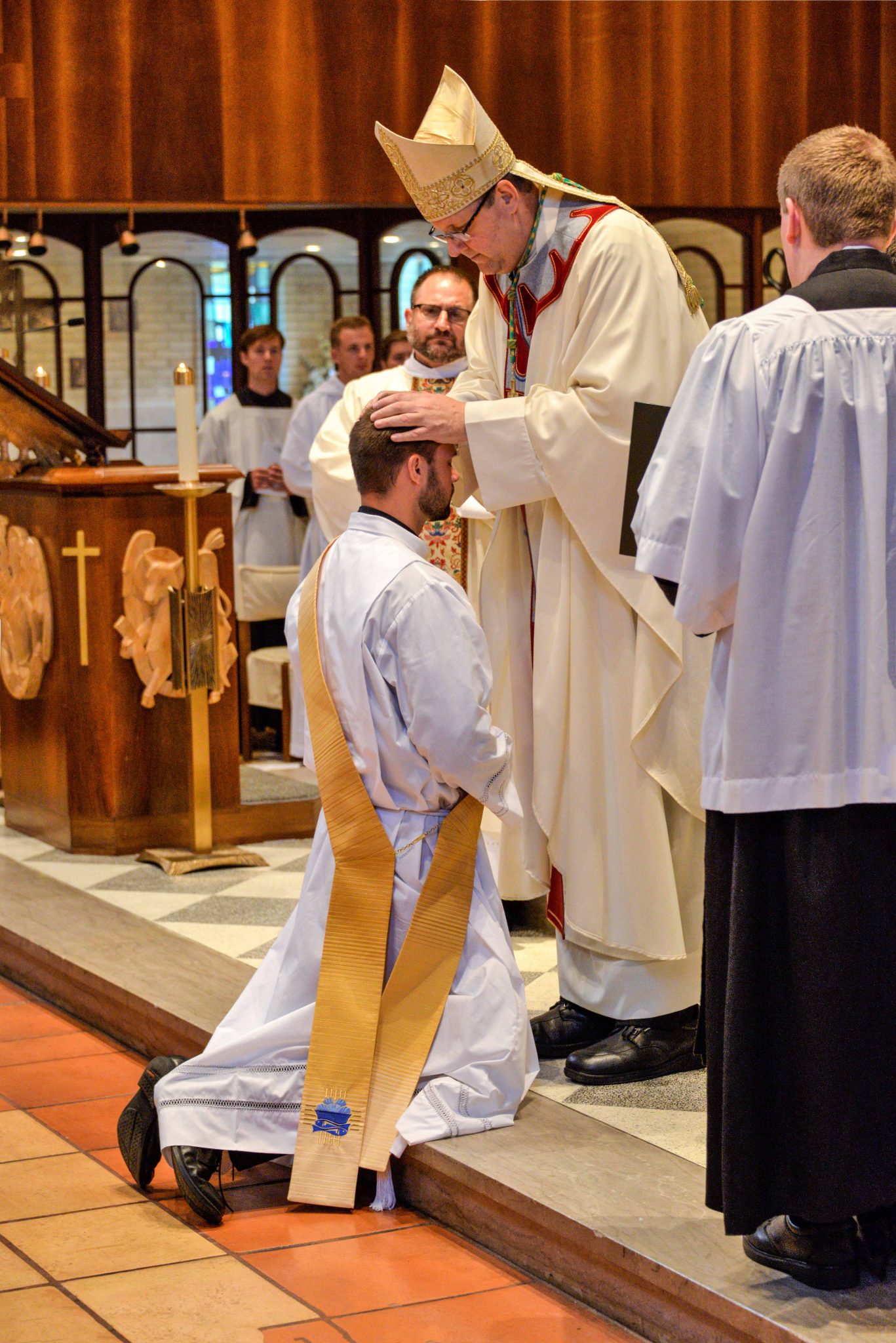Table of Content
Echoing the governor and other health officials, Ghaly said the state appears to have so far avoided the same post-holiday surge that was seen after Thanksgiving. New hospital admissions dropping from about 3,500 each day earlier this month to about 2,500, showing the post-December holiday surge "isn't as significant as we had anticipated." Newsom imposed the stay-at-home order in December as coronavirus cases worsened. Under the system, a multi-county region had to shut down most businesses and order people to stay home if ICU capacity dropped below 15%.

The huge Southern California region, the most populous, remains at zero ICU capacity. "We are in a position, projecting four weeks forward, with a significant decline in the case rates, positivity rates, we are anticipating decline still more decline in hospitalizations and more declines in ICUs and that's why we are lifting that stay-at-home order effective immediately today," he said. Late last week, the stateissued a travel advisory, along with Oregon and Washington, urging people entering the state or returning home from travel outside the state to self-quarantine to slow the spread of the virus.
California Tobacco Control
"Seven weeks ago, our hospitals and front-line medical workers were stretched to their limits, but Californians heard the urgent message to stay home when possible and our surge after the December holidays did not overwhelm the health care system to the degree we had feared." The state, in collaboration with local health departments and health care facilities statewide, took a long list of actions to support California's hospitals and slow the surge in cases and hospitalizations. While there are positive signs that the virus is spreading at a slower rate across the state, the COVID-19 pandemic is far from over. The restrictions on businesses, including licensed businesses, are detailed in the Blueprint based upon the county in which the business is located.
The travel advisory urges against non-essential out-of-state travel, asks people to self-quarantine for 14 days after arriving from another state or country, and encourages residents to stay local. Enforcement activities shall focus where there are allegations of the most serious violations impacting health and safety. "We are actively calculating some of the information from the last 24 hours and may be updating you in the next hours and certainly by tomorrow if any one of these regions does indeed emerge out of that regional stay-at-home order," said Ghaly. This order authorizes local governments to take measures to halt evictions and protect against utility shutoffs, and sets forth guidance for any jurisdiction looking to do so. This order establishes guidance for state licensed facilities that house populations most vulnerable to COVID-19. California also helped hospitals expand their capacity by opening 16 alternate care sites, lower-acuity facilities where COVID-19 patients get a bridge from hospital to home as they are recovering.
Timeline of California’s COVID-19 Executive Orders
The Regional Stay at Home Order would be in effect for 3 weeks after the trigger and instructs Californians to stay at home as much as possible to limit the mixing with other households that can lead to COVID-19 spread. It allows access to critical services and allows outdoor activities to preserve Californians’ physical and mental health. This limited closure will help stop the surge and prevent overwhelming regional ICU capacity. Licensed businesses may continue to sell alcoholic beverages and meals for off-premises consumption by way of pick-up or delivery during the specified hours, in the same manner as detailed in prior guidance and Industry Advisories. However, licensees should ensure that customers are not using these services to congregate on or adjacent to their licensed premises.
The state shall redirect resources and provide technical and compliance support to protect caregivers and those they care for. The governor also gave more details about the state’s vaccine verification system, which will be electronic vaccine cards that can be kept on phones, SFGate reports. San Francisco will require employees to be vaccinated at high-risk workplaces, like hospitals and nursing homes, and will enforce stricter rules for large events, The San Francisco Chronicle reports. But the lifting of nearly all of the state’s remaining pandemic restrictions is a significant emotional and psychological milestone for residents of a state that has experienced some of the nation’s most enduring lockdowns. Since Governor Newsom declared a State of Emergency on March 4, 2020, he has signed 11 Executive Orders addressing various aspects of the COVID-19 pandemic. As a result of many conversations between the Governor’s office and CSAC, many of these orders have addressed issues that affect counties greatly.
Center for Infectious Diseases
The state will reassess data continuously and move more counties back into a more restrictive tier, if necessary. California is also strengthening itsface covering guidanceto require individuals to wear a mask whenever outside their home, with limited exceptions. This limited Stay at Home Order is designed to reduce opportunities for disease transmission. For routine medical care, contact your health care provider to discuss rescheduling. On Monday, Governor Gavin Newsom indicated the stay-at-home orders would likely remain in place in the Bay Area, Greater Sacramento, San Joaquin Valley and Southern California regions.

One county supervisor in Los Angeles, home to 10 million people, expressed support for opening more businesses in the country. Republican Supervisor Kathryn Barger said the state must balance public health with "devastating social, emotional and economic impacts of this virus." On Monday, the state pulled an emergency brake in theBlueprint for a Safer Economyputting more than 94 percent of California’s population in the most restrictive tier.
Northern California is the only one of the five state hospital regions avoiding the order. SACRAMENTO -- California Health and Human Services Secretary Dr. Mark Ghaly on Tuesday announced the stay-at-home order for most of the state would remain in place as ICU capacity is still at or near zero in the affected regions. SACRAMENTO – Officials with the California Department of Public Health today ended the Regional Stay at Home Order, lifting the order for all regions statewide, including the three regions that had still been under the order – San Joaquin Valley, Bay Area and Southern California. Four-week ICU capacity projections for these three regions are above 15%, the threshold that allows regions to exit the order.

COVID-19 case rates increased by approximately 50 percent in California during the first week of November. As a result, Governor Newsom and California’s public health officials have announced a list of measures to protect Californians and the state’s health care system, which could experience an unprecedented surge if cases continue their steep climb. The order directs state health and social services agencies to redirect resources and staff to the facilities, focusing on providing technical assistance and supporting compliance with core health and safety requirements for caregivers and the cared for.
The county-by-county tier system uses various metrics to determine the risk of community transmission and apply a color code - purple, red, orange or yellow - which correspond to widespread, substantial, moderate and minimal, respectively. The decision comes with improving trends in the rate of infections, hospitalizations and intensive care unit capacity as well as vaccinations. See the Center for Disease Control and Prevention’s guidance regarding the prevention of disease in homes and residential communities. You may need to ask for help from friends, family, neighbors, community health workers, etc. if you become sick. Have supplies on handContact your healthcare provider to ask about obtaining extra necessary medications to have on hand.

Ghaly said in his afternoon briefing that Gov. Gavin Newsom has directed health officials to meet Tuesday to evaluate the new federal guidance. Once a region emerges from the order, Ghaly said the counties contained in the region would fall under the previous colored tier system based on its test positivity and case rate. Most California counties, including all Bay Area counties, are currently under the Purple Tier indicating widespread infection rate, three counties are in the Red Tier, one county in the Orange Tier and no counties in the Yellow Tier.
Failure to comply with this and other public health orders issued by CDPH may result in disciplinary action against the ABC license. Licensees should refer to the Blueprint and the Order for further information. Please consult with your local Department of Public Health to determine if more restrictive directives exist in your area. Today the California Department of Public Health released anew state public health officer orderthat goes into effect on June 15. The action supports the full and safe reopening of the state, while maintaining focused public health requirements that address the risk posed by variants as some regions across the nation and world continue to experience high levels of transmission. "California is slowly starting to emerge from the most dangerous surge of this pandemic yet, which is the light at the end of the tunnel we've been hoping for," said California Health and Human Services Secretary Dr. Mark Ghaly.
The state makes the decisions based on four-week projections showing ICU capacity improving, but officials have not disclosed the data behind the forecasts. The change will allow businesses such as restaurants to resume outdoor operations in many areas, though local officials could choose to continue stricter rules. The order will take effect at 10 PM Saturday, November 21 and remain in effect until 5 AM December 21. This is the same as the March Stay at Home Order, but applied only between 10 PM and 5 AM and only in purple tier counties that are seeing the highest rates of positive cases and hospitalizations. End for a county in a region if the region’s ICU capacity projected out four weeks (from three weeks since the Stay-at-Home Order started) is above or equal to 15 percent. Each county in the region would be assigned to a tier based on the Blueprint for a Safer Economy.



















